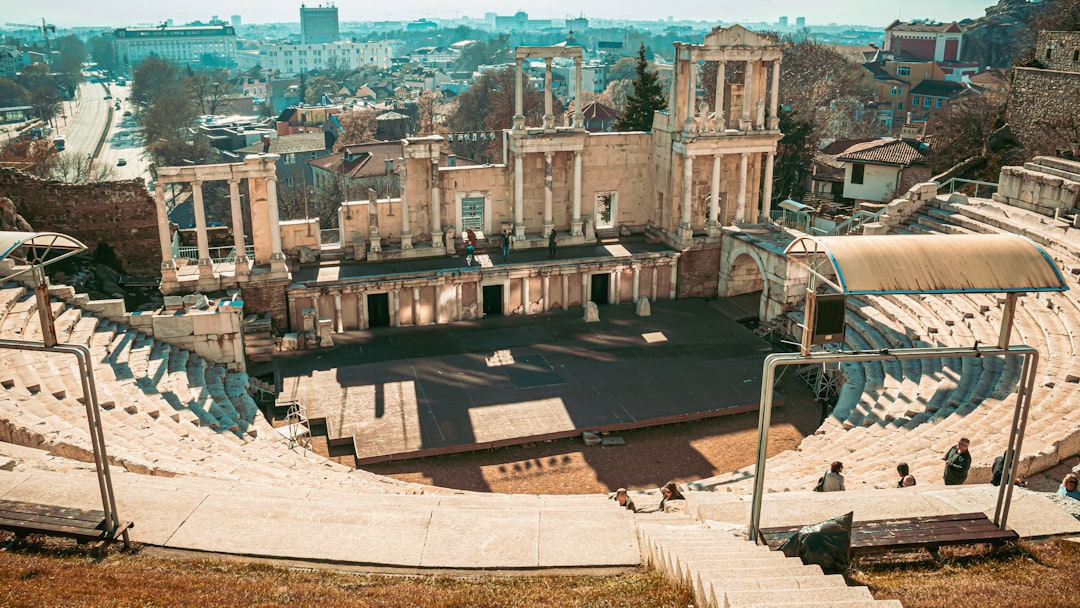Introduction
For centuries, archaeologists and adventurers have been drawn to the allure of discovering the remains of ancient civilizations, and with them, the mysteries that have been shrouded in time. From the towering temples of Angkor Wat to the buried legions of the Terracotta Army, to the long-lost city of Troy, the search for these legendary cities has captured the imagination of people around the world. Join us on a journey to explore some of the most enduring mysteries of the ancient world.
The Search for Three Legendary Cities: An Overview
Archaeology has always been a field of fascination for many, as it offers a glimpse into the past and provides clues to ancient civilizations and their ways of life. One of the most intriguing aspects of archaeology is the search for lost cities and civilizations, which often involves sifting through the buried remains of some of the Ancient World’s most enduring mysteries. Among the most elusive of these mysteries are the legendary cities of Angkor Wat, the Terracotta Army, and Troy.
The search for three legendary cities – Angkor Wat, Terracotta Army, and Troy – has captured the imagination of archaeologists and adventurers for centuries. These ancient wonders have inspired countless stories, legends, and myths. Today, modern technology and advanced archaeological techniques are revealing new insights into the history and mysteries of these iconic sites. This article will explore the latest discoveries and ongoing research on these three ancient wonders, shedding light on their enduring significance and the mysteries that still surround them.
Angkor Wat: The Mysteries of Khmer Empire
The search for Angkor Wat, the largest religious monument in the world, began in the late 19th century, when French explorer Henri Mouhot stumbled upon the ruins of the ancient Khmer city in the Cambodian jungle. Since then, archaeologists have been working to uncover the secrets of this lost city, which was once the center of the Khmer Empire. The remains of the city include the famous Angkor Wat temple, which is the largest religious monument in the world, as well as dozens of other temples, reservoirs, and canals.
Deep in the heart of Cambodia lies one of the most awe-inspiring ancient cities in the world, the majestic Angkor Wat. This sprawling complex of temples and palaces was once the center of the Khmer Empire, which ruled over much of Southeast Asia from the 9th to the 15th century. Today, Angkor Wat is a UNESCO World Heritage site and a popular destination for tourists and archaeologists alike.
Despite its popularity, much of Angkor Wat’s history remains shrouded in mystery. How did the Khmer Empire build such an enormous city without modern technology? What caused its eventual downfall? Archaeologists continue to search for answers, uncovering new secrets and treasures with each passing year.
The Terracotta Army: The Guardians of First Emperor
In China, the search for the Terracotta Army began in the 1970s, when farmers digging a well near the city of Xi’an uncovered some of the first pieces of the army. The Terracotta Army is a collection of thousands of life-size terracotta soldiers, horses, and chariots that were buried with China’s first emperor, Qin Shi Huang, to protect him in the afterlife. The discovery of the army has been hailed as one of the greatest archaeological finds of the 20th century, and archaeologists continue to work to uncover the full extent of the underground army.
In 1974, a group of farmers in Xi’an, China made an incredible discovery while digging a well. They uncovered the buried remains of an army of thousands of terracotta soldiers, horses, and chariots, all created to protect the First Emperor of China in the afterlife. The Terracotta Army is now one of the most famous archaeological sites in the world.
The discovery of the Terracotta Army has shed new light on the history of ancient China, revealing the incredible achievements of the Qin Dynasty, which ruled from 221 to 206 BCE. The soldiers were created with incredible detail, each one unique and lifelike. Experts continue to explore the site, uncovering new secrets about the lives of the soldiers and the culture of ancient China.
Troy: The Lost City of Homer’s Epic
The city of Troy, made famous by Homer’s epic poem The Iliad, has long been shrouded in myth and legend. However, in the 19th century, German archaeologist Heinrich Schliemann discovered what he believed to be the city of Troy in modern-day Turkey. Since then, archaeologists have continued to excavate the site, uncovering evidence of multiple layers of occupation dating back thousands of years.
For centuries, scholars and adventurers have searched for the fabled city of Troy, which was immortalized in Homer’s epic poem, The Iliad. It wasn’t until the 19th century that archaeologists uncovered the remains of the city in modern-day Turkey. Today, the ancient city of Troy is a UNESCO World Heritage site and a symbol of the enduring power of myth.
The discovery of Troy has shed new light on the history of the ancient world, revealing the complex relationships between different civilizations and the incredible achievements of ancient engineers and architects. It has also inspired new generations of adventurers and explorers, who continue to search for new mysteries and treasures.
Conclusion
The search for the lost cities of the ancient world is a never-ending quest, one that is fueled by the enduring allure of mystery and adventure. From the towering temples of Angkor Wat to the buried legions of the Terracotta Army, to the long-lost city of Troy, these ancient wonders continue to captivate and inspire us. As we continue to uncover new secrets and treasures, we are reminded of the incredible achievements of our ancestors and the enduring power of the human spirit.


